During the height of its use cocaine was considered remarkably effective for both dental procedures and curing toothaches. Your dentist may recommend a nonprescription anti-inflammatory drug -- such as Motrin-- to relieve mild pain andor swelling caused by dental appliances toothaches and fevers.
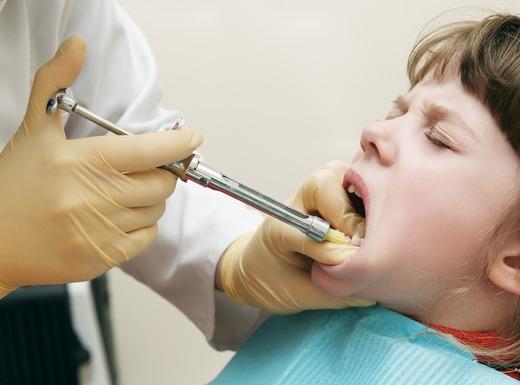 A Few Facts About Numbing Shots Canyon Gate Dental Of Orem
A Few Facts About Numbing Shots Canyon Gate Dental Of Orem
If a trip to the dentist includes a filling root canal or other procedure you may receive a local anesthetic to numb the area and prevent pain.
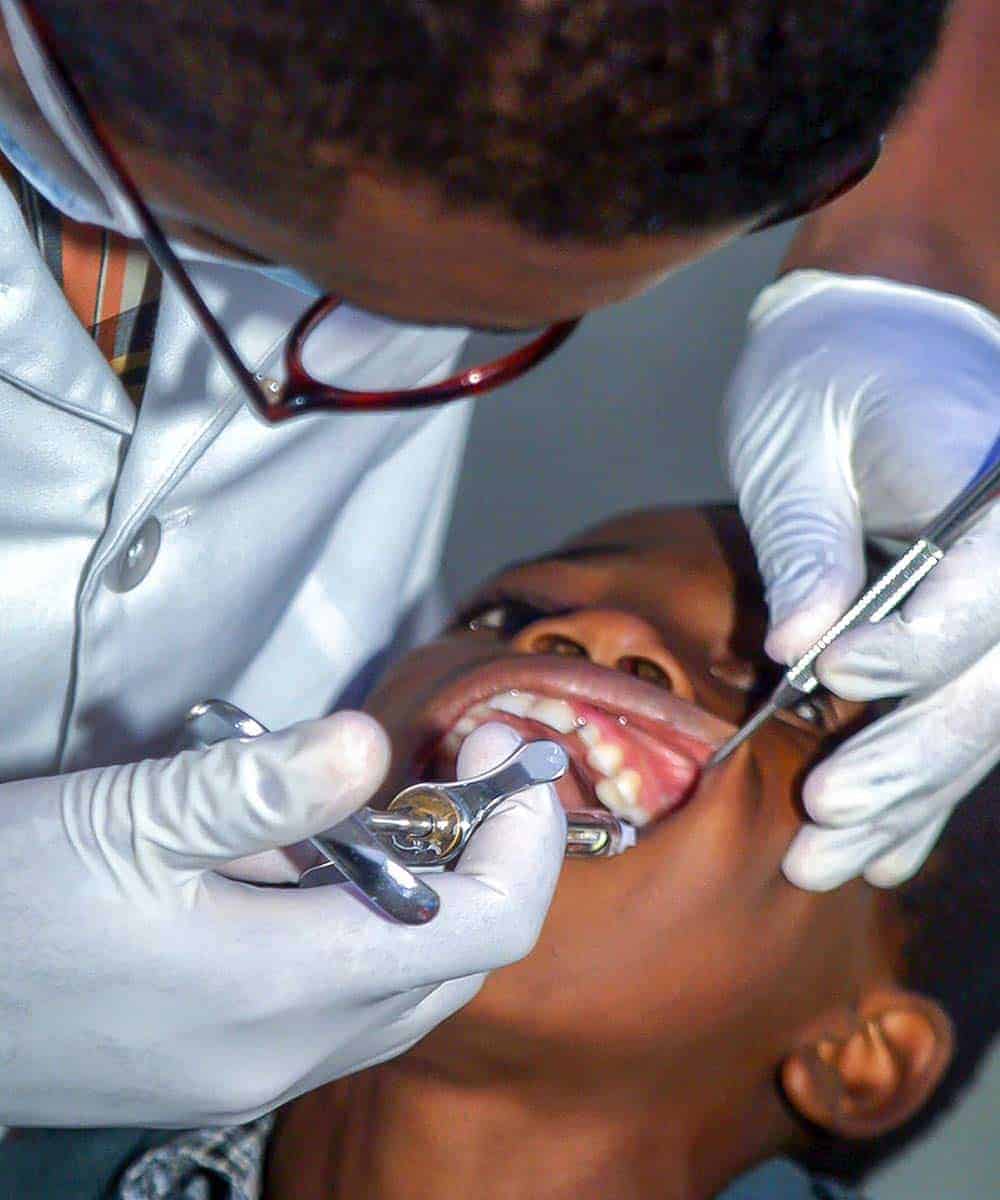
What do dentists use to numb. Articaine and epinephrine is a combination medicine used to numb your mouth for a dental procedure. Sometimes the two are used together with the first medication numbing the injection site prior to the shot. Most people are unaware that cocaine was used in dentistry as a local anesthetic.
You may have trouble swallowing which could lead to choking. We do this by injecting medicine known as a local anesthetic into your inner cheek or gum. Articaine and epinephrine may also be used for purposes not listed in this medication guide.
A topical ointment is often rubbed on gums prior to the injection to take the sting out of it. The first is called a block injection. In most cases the anesthesia used will numb the tooth for 1 to 2 hours however your lips face and tongue may remain numb for.
Dentists use lidocaine novocaine or articaine. Your dentist might need to apply dental local anesthesia to numb an area of your mouth while performing certain procedures. The second injection is called an infiltration injection which numbs a smaller space.
Levine shows us exactly how the process goes and really how little. Learn more about the different READ MORE. Lidocaine or articaine are the most common local anesthetic that dentists use but there are a wide range of drugs for it.
Novocain used to be the more common option a few decades ago professionals now use other anesthetics that work. Unless absolutely necessary do not drive after receiving lidocaine injection. The dentist has two types of local anaesthetic injections available for use depending on the procedure being performed.
Local anesthesia as the American Dental Association ADA describes is used to prevent pain in a specific area of your mouth by blocking the nerves that sense or transmit pain numbing the mouth tissue. Lidocaine injection can cause side effects that may impair your thinking or reactions. Normally the dentist will use a local anesthetic like Lidocaine next to the root of tooth or location near the nerve trunk to numb teeth and gums.
Tylenol may also. This type of anesthesia is recommended for procedures such as root canals tooth extractions or fillings. A topical anesthetic may be used to numb an area before your oral care provider injects a.
Avoid eating or chewing within 1 hour after lidocaine injection is used to numb your mouth or throat. A block injection numbs an entire area of your mouth like one side of your upper jaw. Dentists use two types of numbing medications including a topical numbing agent which is applied to the area and an injectable anesthetic that provides longer-lasting results states Wikipedia.
Injected in the part of the mouth where numbness is needed dentists use local anesthesia to deactivate the nerves. A dentist might use a nerve block if he or she is going to do a significant amount of drilling for example since more nerves will be affected and the anaesthetic will not have to diffuse through. Firstly is a block injection that is used to numb a whole section of your mouth like the left side of your upper jaw.
Alternatively the dentist may use an infiltration injection to numb a more local specific area. This is done by injecting medicine known as a local anesthetic into your inner cheek or gum. Topical anaesthetic aka numbing gel is used to numb the gums or skin before an injection.
There are two kinds of numbing injections your dentist could use during your appointment. Cocaine was a critical part of the history of local anesthetics in dentistry. Cocaine and Dentistry in the 1800s.
The shot will numb the area for several hours. Local anesthesia is used to numb a small area before minor procedures including dental work and some skin treatments. Nowadays the most common anesthetic dentists use is Lidocaine.
Your dentist might need to apply local anesthesia to numb an area of your mouth while performing certain procedures. Ever wonder how the process goes to get you numb while youre at the dentist. In contrast local anaesthetic is injected with.
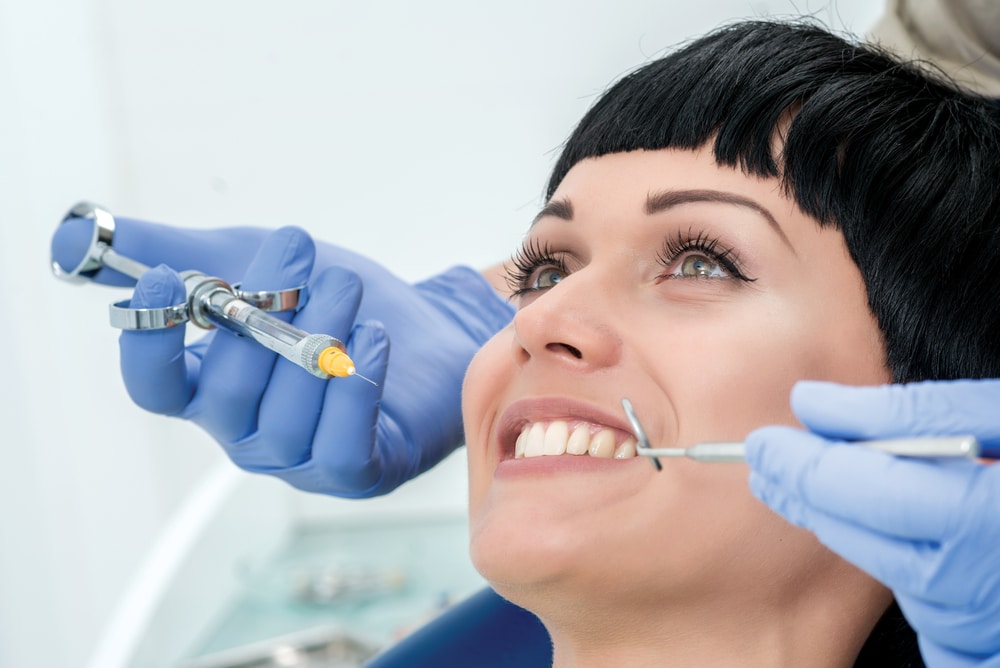 Numb To It Anesthetics In Dental Care Orthodontic Associates
Numb To It Anesthetics In Dental Care Orthodontic Associates
 How To Get Rid Of Numbness From Dentist Maine News Online
How To Get Rid Of Numbness From Dentist Maine News Online
 Painless Dentist What Do Dentists Use To Numb Your Mouth
Painless Dentist What Do Dentists Use To Numb Your Mouth
What Ever Happened To Novocaine
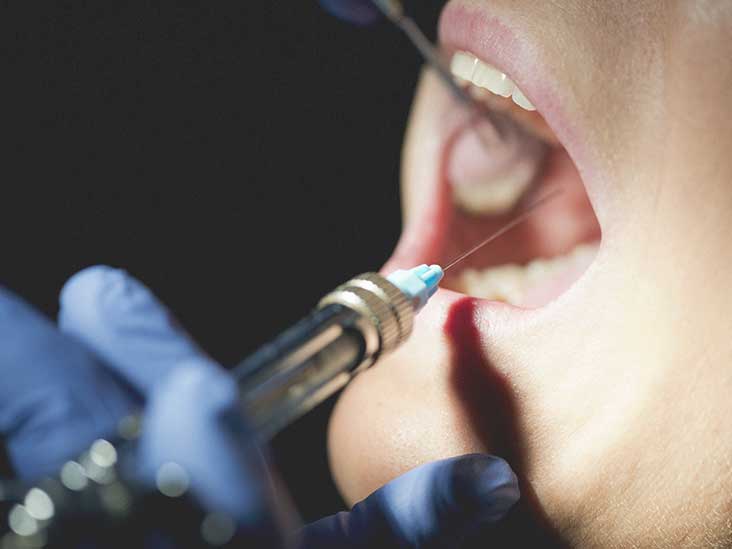 How Long Does Novocaine Last Side Effects And More
How Long Does Novocaine Last Side Effects And More
What To Expect After Getting Your Mouth Numbed Daxon Dentistry
 Painless Novicaine For Kids Dr Erica S New Magic Wand Pediatric Dental Blog
Painless Novicaine For Kids Dr Erica S New Magic Wand Pediatric Dental Blog
Why Your Dentist Can T Get You Numb Oral Answers
So You Re Getting A Cavity Filled Archer Dental
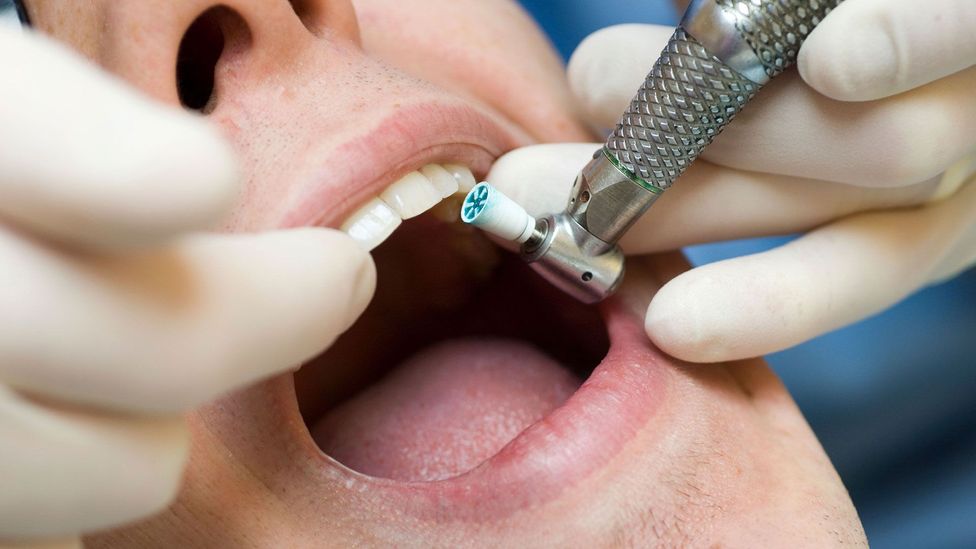 The People Who Can T Go Numb At The Dentist S Bbc Future
The People Who Can T Go Numb At The Dentist S Bbc Future
What S That Stuff Dental Anesthetics
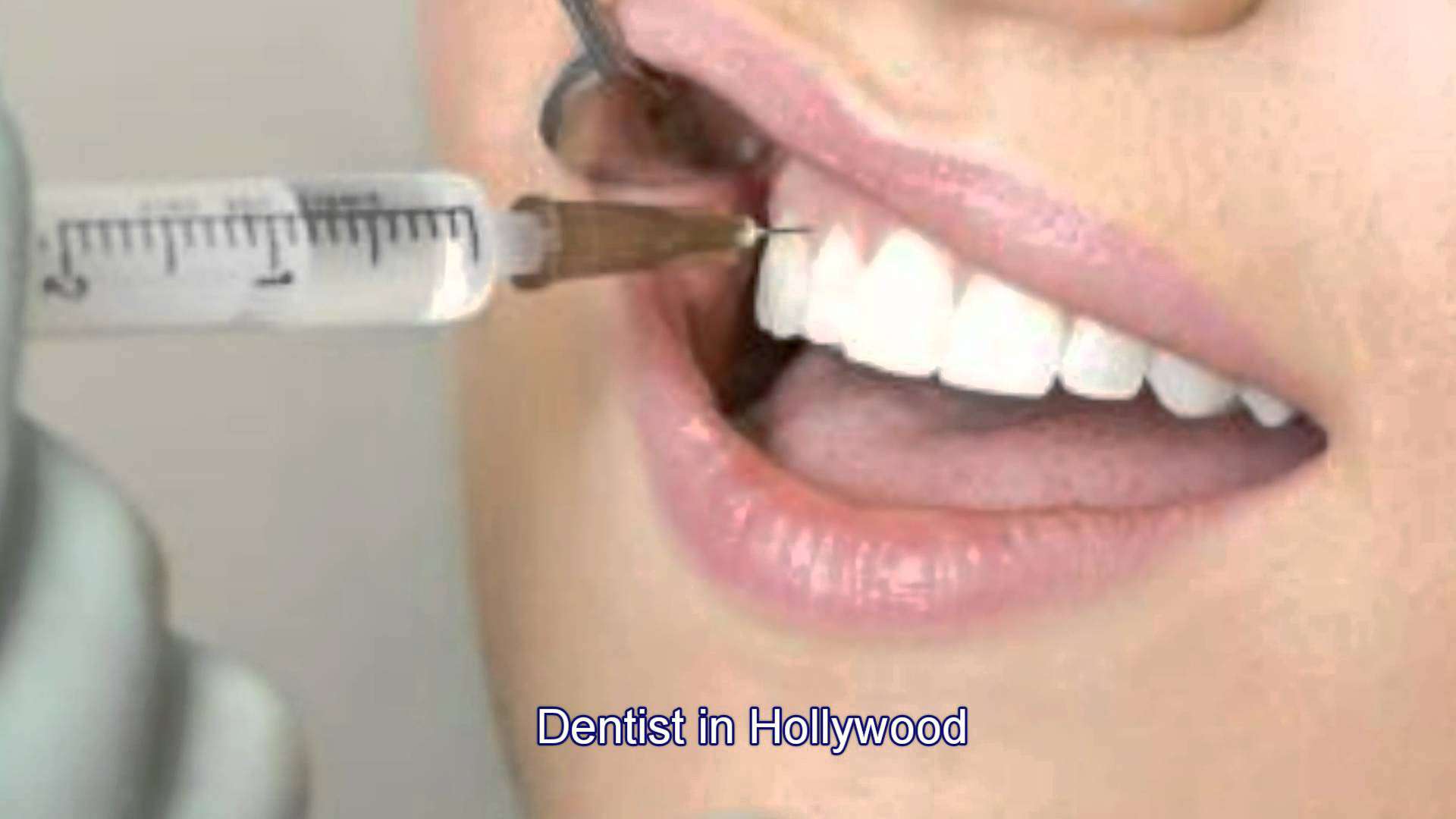 Dental Anesthesia It Doesn T Have To Hurt Kezian Dds
Dental Anesthesia It Doesn T Have To Hurt Kezian Dds
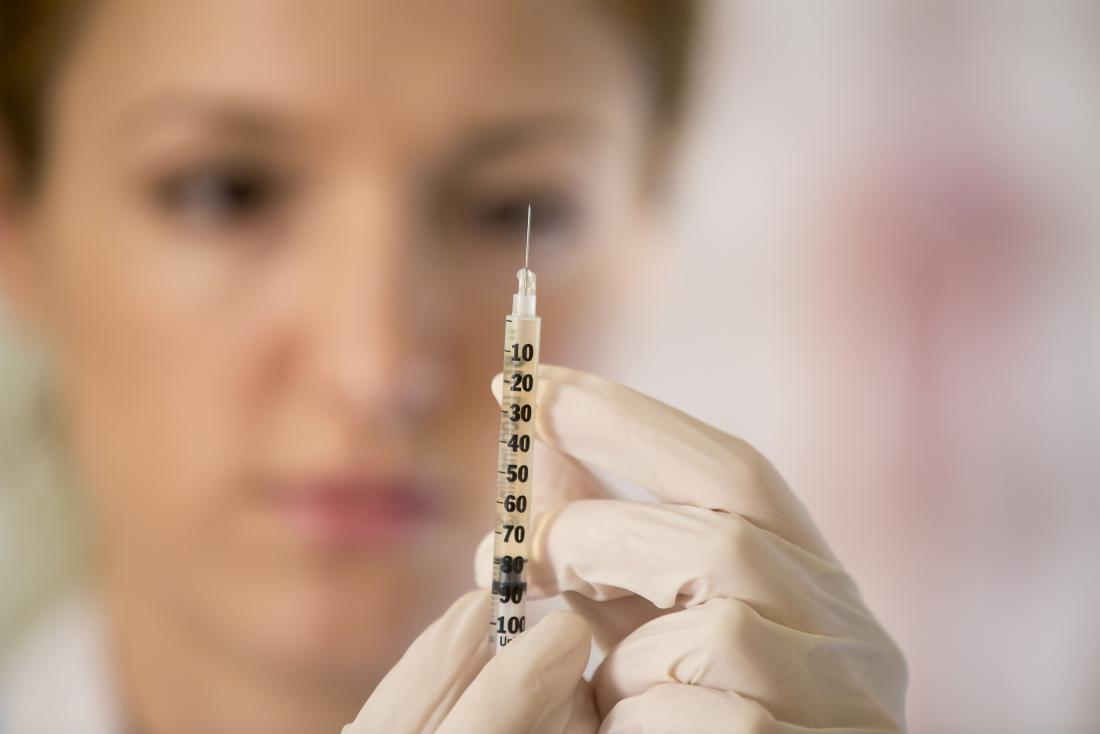
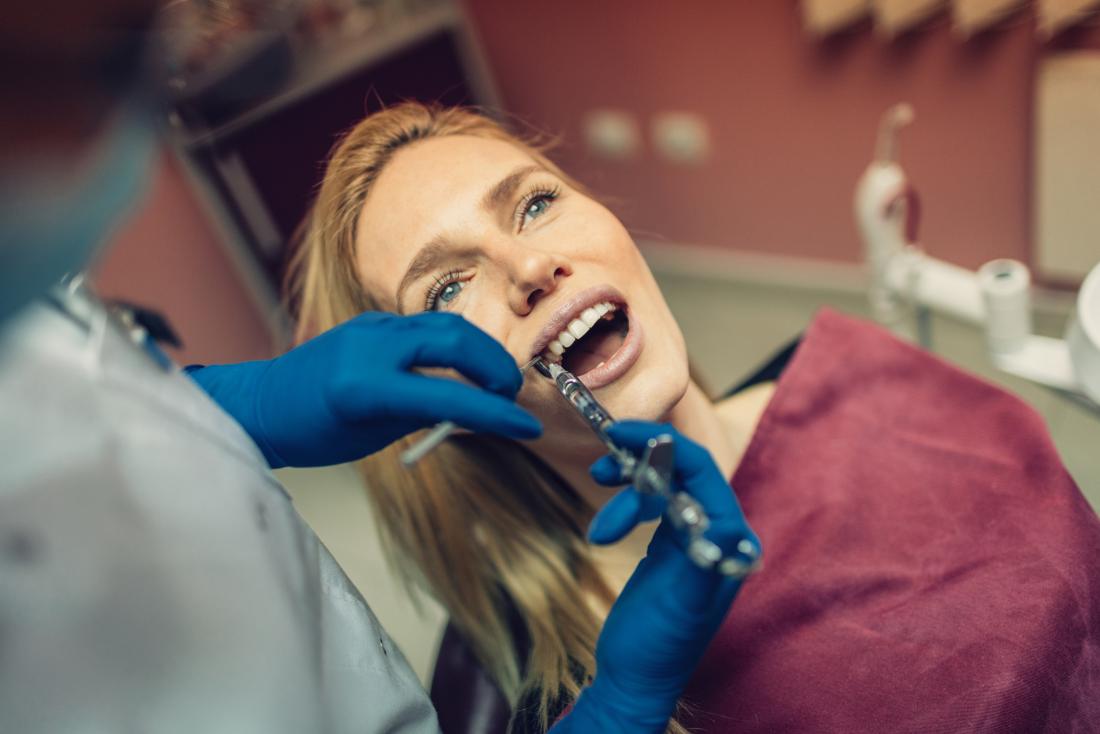

No comments:
Post a Comment
Note: Only a member of this blog may post a comment.